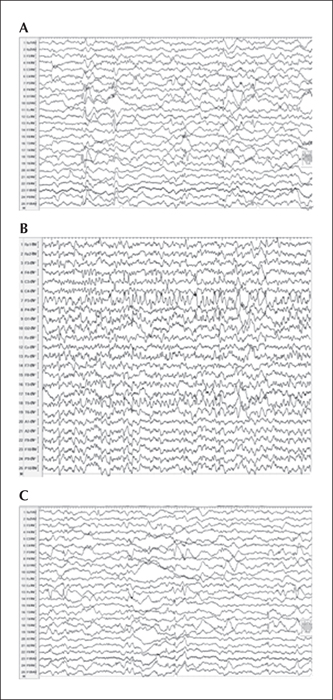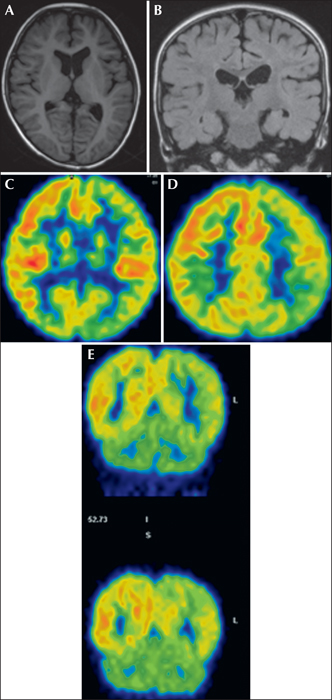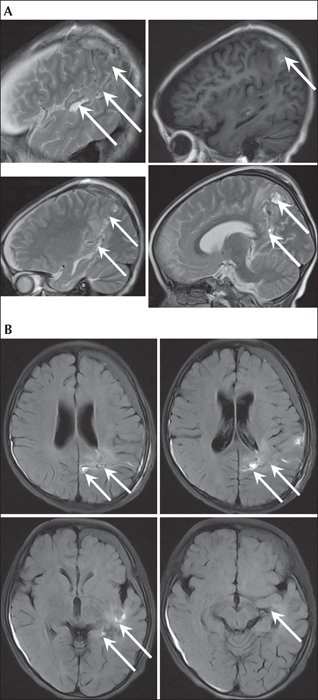Epileptic Disorders
MENUDisconnective surgery in posterior quadrantic epilepsy: a series of 12 paediatric patients Volume 16, numéro 3, September 2014
- Mots-clés : temporo-parieto-occipital disconnective surgery, parieto-occipital disconnective surgery, intraoperative monitoring, pediatric epilepsy surgery
- DOI : 10.1684/epd.2014.0678
- Page(s) : 296-304
- Année de parution : 2014
Aim. To assess the surgical outcomes of temporo-parieto-occipital (TPO) and parieto-occipital (PO) disconnection surgery for children with intractable posterior quadrantic epilepsy and a unilateral posterior quadrant lesion based on MRI and functional imaging abnormality in the TPO region on one side. Methods. A retrospective review of data of 12 children who underwent TPO or PO disconnective surgery was carried out from September 2009 to September 2012. Three-dimensional surface reconstructions of MRI scans and intraoperative electrophysiological monitoring were used during surgery. Drugs were not discontinued after surgery in any patient. Results. The affected hemisphere was the left in seven patients and the right in five patients. The mean ages at seizure onset and at surgery were four years and 12.3 years, respectively. At the time of surgery, 3 children had atonic seizures, 4 had symptomatic epilepsy with focal seizures and alteration of conscioussness, 4 had secondarily generalised seizures, and 1 child had spasms and tonic seizures. All patients had developmental delay. A pure TPO disconnection was performed in 11 patients and a PO disconnection was performed in the remaining patient. On pathological examination, 3 patients were shown to have focal cortical dysplasia (FCD) Ib, 2 with FCD IIa, 5 with FCD IIb, 1 with gliosis, and 1 with gliosis plus FCD IIa. Following surgery, 2 patients had oedema; 1 required another operation to resect the occipital lobe. At a mean follow-up of 34.5 months, 9 patients (75%) were classified as Engel class I, 2 as Engel Class II, and 1 as Engel class III. All 12 children had contralateral hemianopia postoperatively and improvement in median IQ (p=0.04) was reported three months postoperatively. Conclusions. With respect to the limits of a retrospective and relatively small sample size series TPO and PO disconnection are safe and effective motor-sparing epilepsy surgical procedures in selected patients with the epileptiform zone located in the posterior quadrant on one side.




